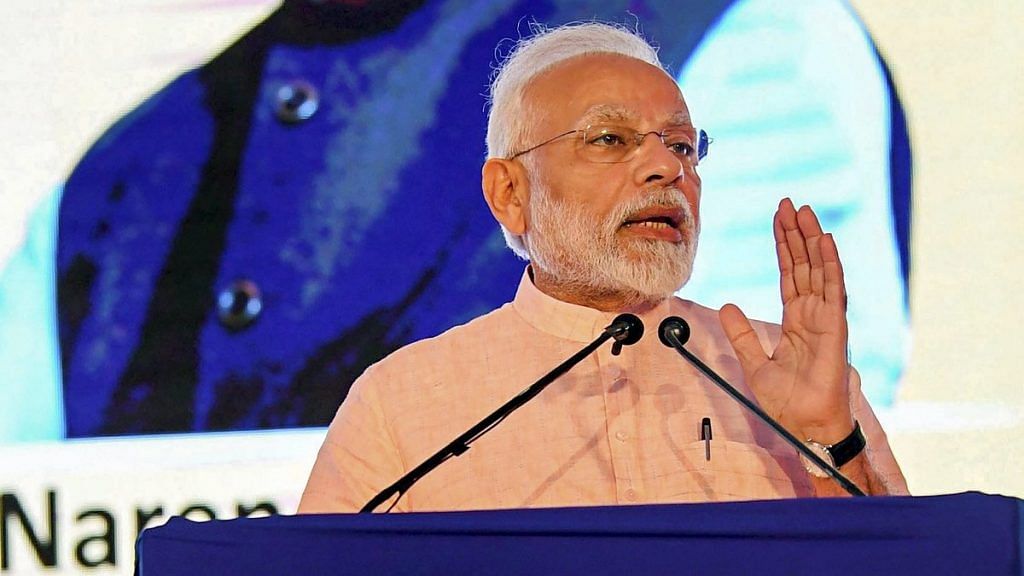The PM-KISAN scheme demands coordination between Centre and the states as agriculture is a state subject.
Acting finance minister Piyush Goyal Friday announced the Pradhan Mantri Kisan Samman Nidhi (PM-KISAN), a direct income support scheme for small farmers to be implemented nationally for the first time. However, the scheme’s biggest challenge is identifying the beneficiaries. Ideally, land records should be used as the database, but answers to recent parliamentary questions suggest that land records of most states are outdated.
PM-KISAN promises to deliver an unconditional cash transfer of Rs 6,000 per year to about 12.6 crore beneficiaries, essentially small and marginal farmers (SMF). The payment will be made in three instalments of Rs 2,000 each, and the farmer can use the money to buy seeds, equipment, fertilizers or meet other needs.
The Narendra Modi government has allocated an annual budget of Rs 75,000 crore for this scheme – Rs 20,000 crore have also been earmarked for the present financial year, with the scheme effective from 1 December 2018.
While one can always argue that these schemes are populist, what really needs evaluation is the practical and administrative feasibility of delivering on such a promise.
As PM-KISAN builds upon and learns from the existing direct income transfer (DIT) schemes of Telangana’s Rythu Bandhu (RBS) and Odisha’s Krushak Assistance for Livelihood and Income Augmentation (KALIA), here’s a comparison of the three schemes.
Comparing Direct Income Transfer Schemes: PM-KISAN, RBS, KALIA
Also read: Modi govt considering cash payments to farmers instead of subsidies
Old land records a challenge
If the first instalment under PM-KISAN has to go in this financial year, then the government has just 57 days to plan, execute and deliver.
The biggest hurdle for this ambitious scheme is how to identify a beneficiary, given that land records in most states are obsolete.
To update its land records, Telangana launched the Land Records Updation Programme (LRUP). Under LRUP, land records were not just updated and purified but also linked with bank accounts of beneficiaries. This exercise involved an extensive year-long survey.
The central government does not have the time to undertake such a survey. In that case, what are the options available for creating the database? Can the government use the Socio-Economic Caste Census (SECC) 2011 survey results? This again is a survey and is old but is surely a good starting point to build the database.
The next problem is linking this database with the bank accounts of beneficiaries. Can the data from schemes like Pradhan Mantri Fasal Bima Yojana (PMFBY) be used for that purpose? I am not proposing a solution, but trying to highlight the complexities in identifying the beneficiaries for the scheme.
Other teething troubles
The PM-KISAN scheme demands coordination between the Centre and the states. Agriculture is a state subject – from identifying the scheme’s beneficiaries to delivering the income-transfer – and the central government must closely coordinate with the state governments. Given the paucity of time, getting the non-BJP states to cooperate is likely to be an uphill task.
PM-KISAN payments have to be direct bank transfers. This involves, inter alia, two big problems: (i) lack of last-mile banking connectivity in the country and (ii) possibility of banks offsetting the transferred amount to settle outstanding loans of the beneficiary, leaving her/him high and dry.
To overcome these issues, Telangana, in its first round of payments under Rythu Bandhu, used cheques in the form of pay orders. Even if a beneficiary did not have a bank account, he/she could get the cheque encashed at any branch of the designated bank. Based on my interaction with officials working on the Rythu Bandhu scheme, Telangana government is said to have spent nearly Rs 120-150 crore in printing those cheques.
But clearly this route has its own inefficiencies. Besides, as the officials told me, once the Model Code of Conduct is implemented during elections, giving out cheques is not permissible.
The farmer community today needs deeper, broad-based structural reforms that can reverse the inherent consumer bias in policy responses. A scheme like PM-KISAN is a welcome step as it will inject liquidity in the farming sector.
Despite the initial challenges, the scheme can pave the way for a slew of fresh measures in near future to support the farm sector.
Also read: Govt’s final move to appease farmers — Rs 6,000 every year for those with 2-hectare plots
The author is Senior Consultant at ICRIER.
